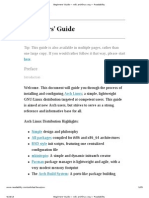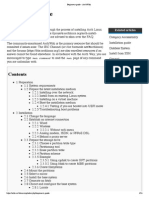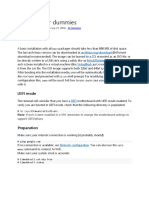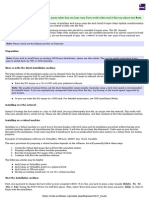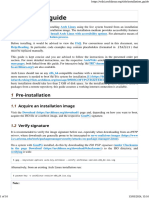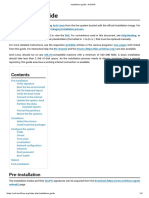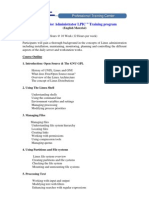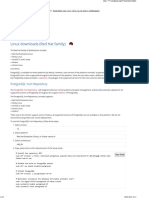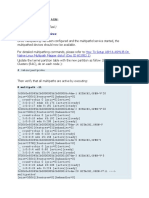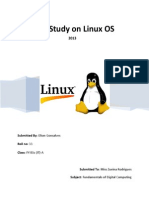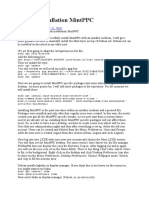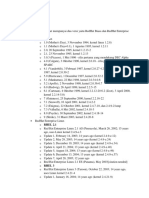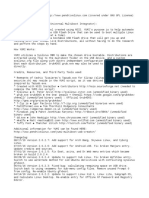0% found this document useful (0 votes)
96 views2 pagesArch Learning Roadmap
The document outlines a comprehensive roadmap for learning Arch Linux, starting with an introduction to its philosophy and basic Linux commands. It progresses through installation practices, post-installation management, advanced configurations, troubleshooting, and community involvement, culminating in mastery and advanced usage. Key resources include the Arch Wiki, forums, and community guides for further learning and support.
Uploaded by
fthnrawaliCopyright
© © All Rights Reserved
We take content rights seriously. If you suspect this is your content, claim it here.
Available Formats
Download as DOCX, PDF, TXT or read online on Scribd
0% found this document useful (0 votes)
96 views2 pagesArch Learning Roadmap
The document outlines a comprehensive roadmap for learning Arch Linux, starting with an introduction to its philosophy and basic Linux commands. It progresses through installation practices, post-installation management, advanced configurations, troubleshooting, and community involvement, culminating in mastery and advanced usage. Key resources include the Arch Wiki, forums, and community guides for further learning and support.
Uploaded by
fthnrawaliCopyright
© © All Rights Reserved
We take content rights seriously. If you suspect this is your content, claim it here.
Available Formats
Download as DOCX, PDF, TXT or read online on Scribd
/ 2



